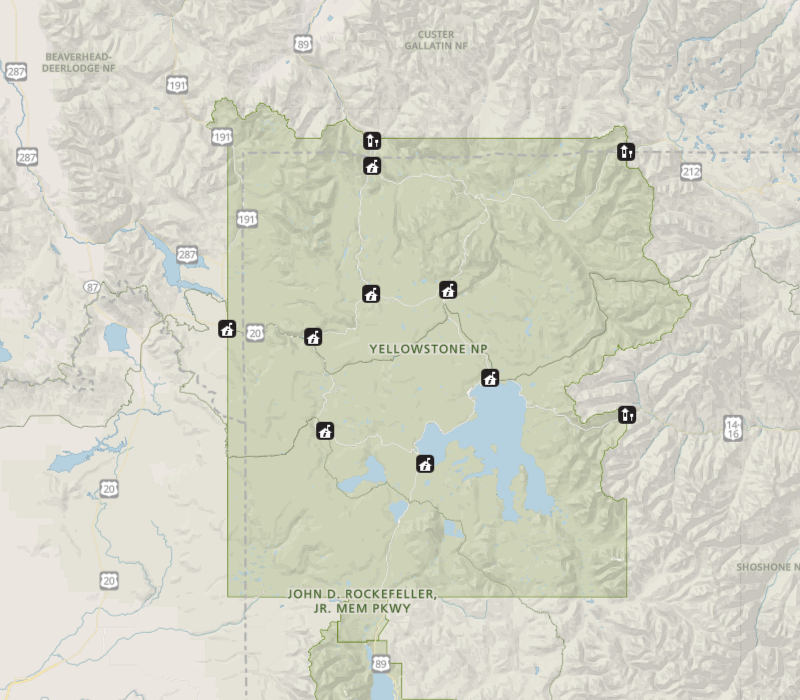
USGS Investigators: Annika Walters
NPS Investigators: Todd Koel
| 2022 | 2023 | 2024 |
|---|---|---|
| $61,100 | $58,800 | $60,100 |
NPS Park: Yellowstone NP
USGS Center: Wyoming Cooperative Fish and Wildlife Research Unit
States: WY
Yellowstone Lake has been the site of intensive efforts to conserve native Yellowstone cutthroat trout (Oncorhynchus clarkii bouvieri) and restore natural ecological function since invasive lake trout (Salvelinus namaycush) were first discovered there in 1994.
Lake trout have decimated native trout populations following introductions in several large western lakes. Gillnetting was implemented in Yellowstone Lake in 1995 to suppress lake trout and preserve cutthroat trout. Despite annual increases in gillnetting effort, lake trout expanded throughout Yellowstone Lake and increased in abundance. Previous studies have indicated that lake trout embryos are highly susceptible to sedimentation and poor water quality (low dissolved oxygen; DO), and that it was possible to intentionally create a negative environment in interstitial water quality at lake trout spawning sites in Yellowstone Lake. Decomposing organic pellets (commercial fish food) were used to decrease DO and thereby increase mortality of lake trout embryos on Yellowstone Lake spawning sites.
Although studies have clearly shown that placement of organic pellets, and lake trout carcasses, on spawning sites will reduce lake trout recruitment, there is considerable uncertainty surrounding the potential long-term effects of these management actions on the ecology and water quality of Yellowstone Lake. For example, pellets contain nitrogen and phosphorus that can alter lake nutrient cycling and potentially stimulate primary production.
Our primary objective is to estimate the degree to which adding carcasses and pellets to lake trout spawning sites may alter the water quality of Yellowstone Lake and estimate how these changes may affect algal biomass and lake primary production.
